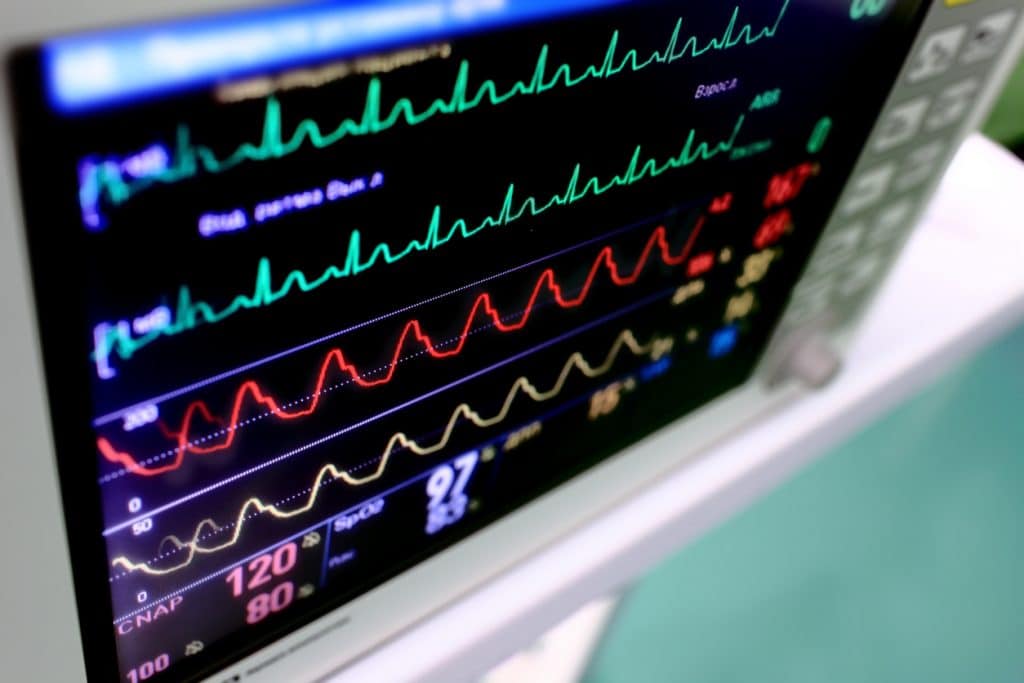Microcirculation Evolution in Patients on Venoarterial Extracorporeal Membrane Oxygenation for Refractory Cardiogenic Shock

Objectives
Despite the increasing use of venoarterial extracorporeal membrane oxygenation to treat severe cardiogenic shock patients, microcirculation data in this context are scarce. We evaluated the venoarterial extracorporeal membrane oxygenation impact on macrocirculatory hemodynamics and microcirculation in patients with refractory cardiogenic shock and compared the evolutions of those parameters between patients successfully weaned-off extracorporeal membrane oxygenation and those who died on extracorporeal membrane oxygenation.
Patients
Consecutive patients with refractory cardiogenic shock (cardiac arrest excluded) who required venoarterial extracorporeal membrane oxygenation and for whom sublingual microcirculation measurements before cannulation were possible.
Interventions
All patients were followed until death or venoarterial extracorporeal membrane oxygenation removal. Microcirculatory and macrocirculatory evaluations were made before, and 2, 4, 12, 24, and 48 hours after extracorporeal membrane oxygenation initiation, respectively. Patients weaned-off extracorporeal membrane oxygenation were also evaluated 6 hours before and after venoarterial extracorporeal membrane oxygenation removal.
Measurements and Main Results
Fourteen patients (median age, 58 yr [interquartile range, 56–62 yr]; Sequential Organ Failure Assessment score, 14 [12–18]) were included. Acute myocardial infarction (50%) was the main cause of cardiogenic shock. Six patients (33%) were successfully weaned-off extracorporeal membrane oxygenation. Profound microcirculation parameter changes found before venoarterial extracorporeal membrane oxygenation implantation regressed within 12 hours after extracorporeal membrane oxygenation onset. Pre-extracorporeal membrane oxygenation macrocirculation, echocardiography, arterial blood gases, and microcirculation parameters did not differ between patients who died on extracorporeal membrane oxygenation and those successfully weaned. However, perfused small-vessel density, small-vessel density, and percent perfused vessels were consistently higher and then stabilized 48 hours postcannulation for patients successfully weaned-off extracorporeal membrane oxygenation.
Conclusions
Microcirculation is severely impaired in patients with refractory cardiogenic shock requiring venoarterial extracorporeal membrane oxygenation. Inability to rapidly restore microcirculation during the first 24 hours, despite normal global/macrocirculatory hemodynamics, was associated with death on extracorporeal membrane oxygenation. Further studies are now warranted to better determine the relevant microcirculation determinants during venoarterial extracorporeal membrane oxygenation support, before future routine use of this promising tool in clinical practice.
